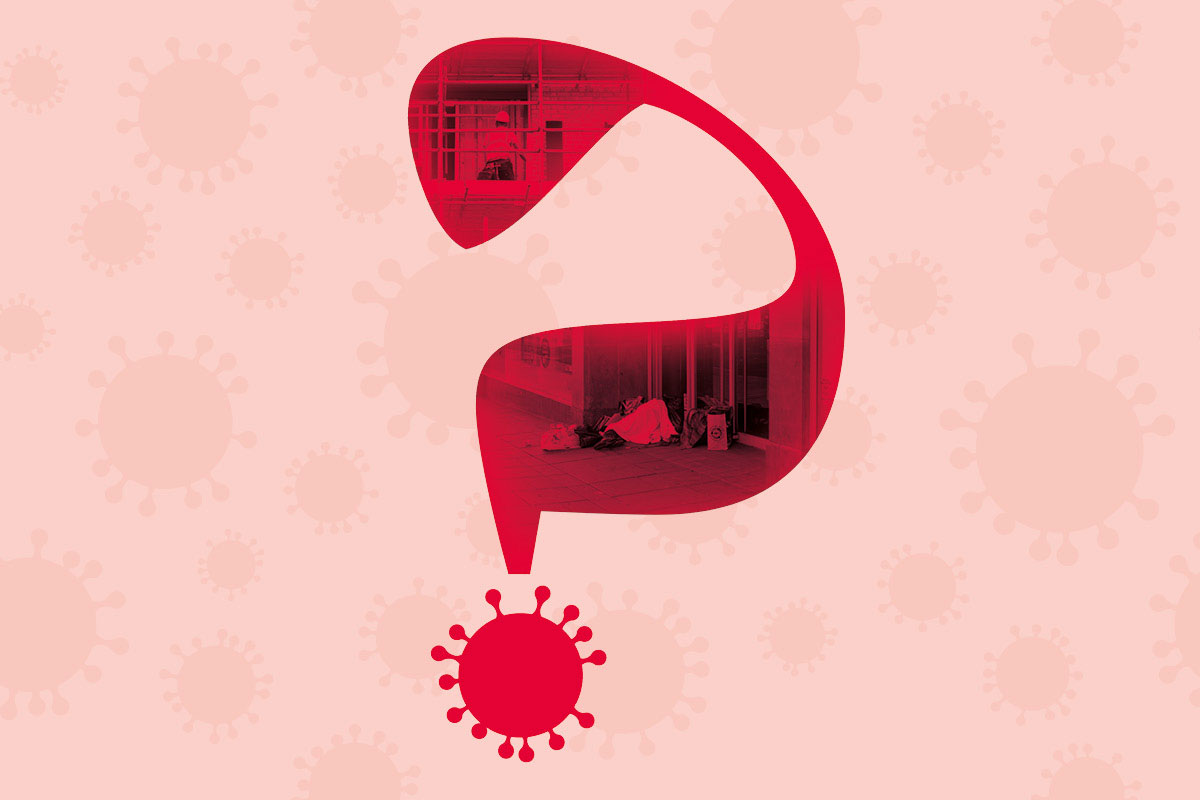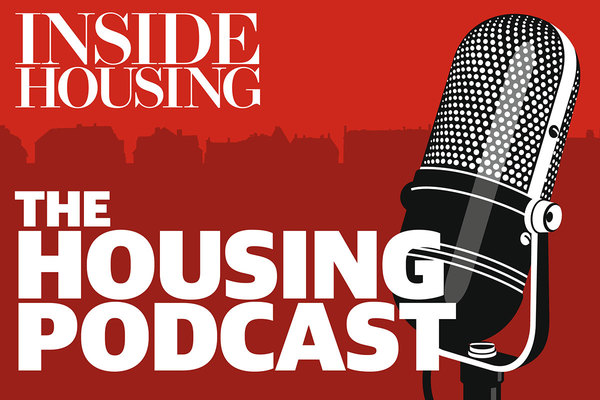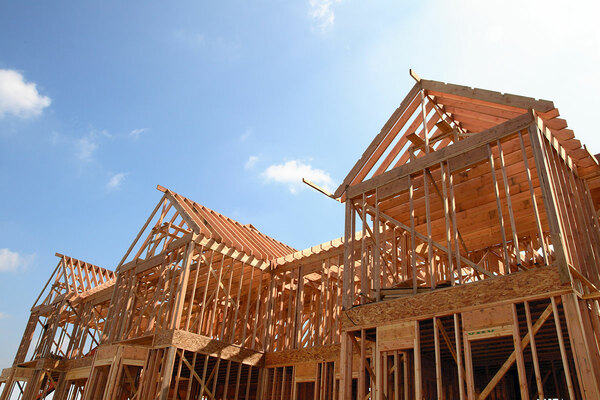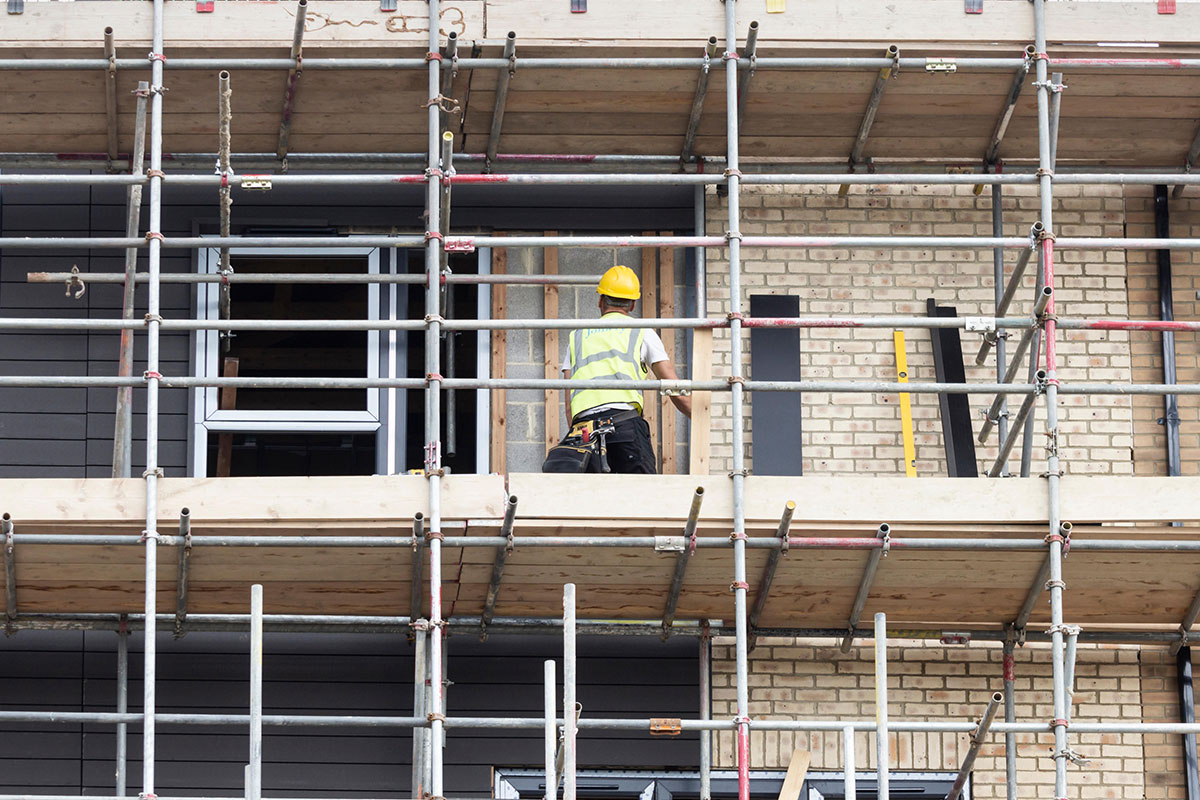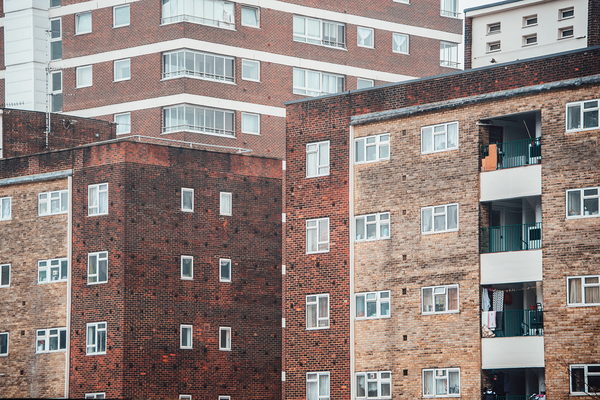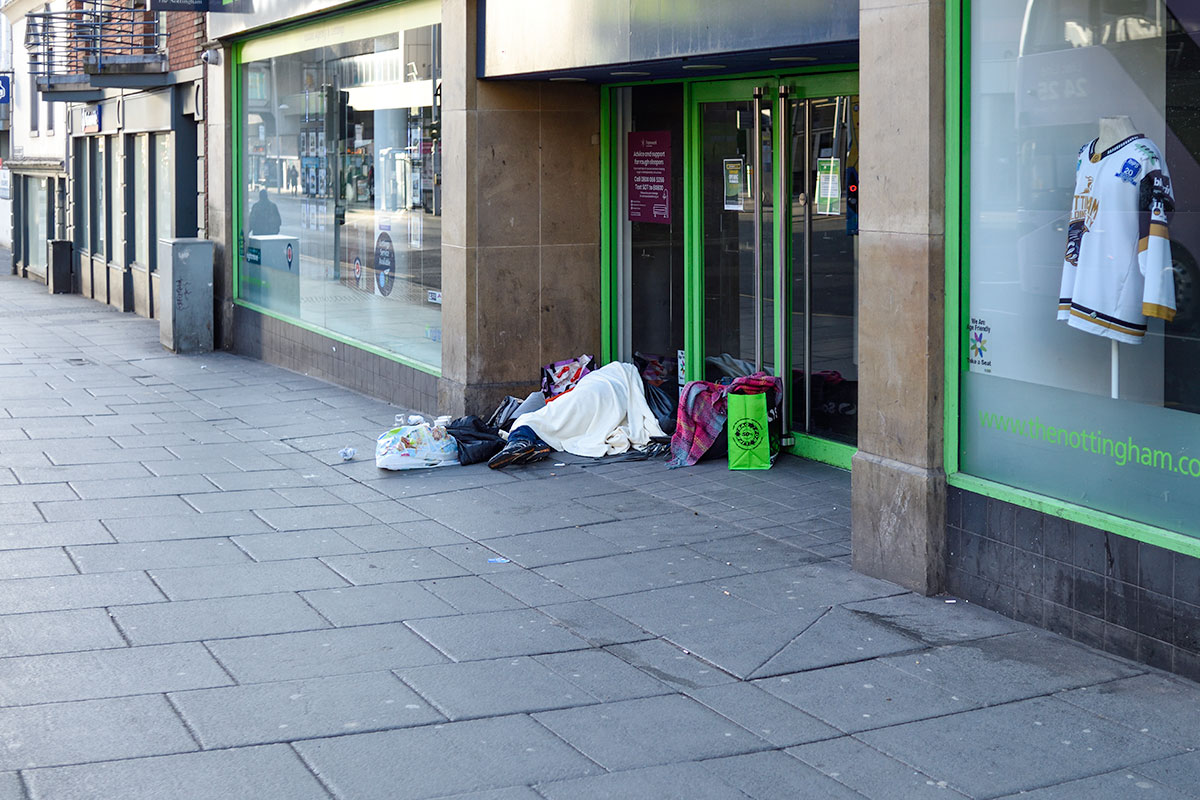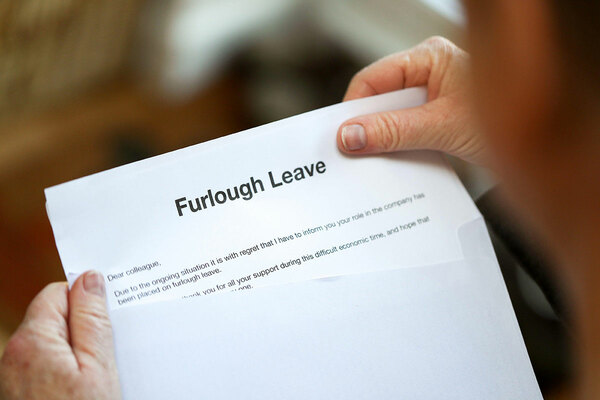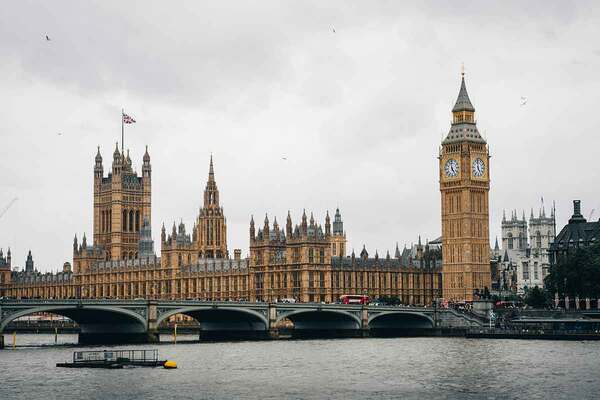You are viewing 1 of your 1 free articles
Five key COVID-19 questions for the housing sector
As the coronavirus crisis rumbles on, Inside Housing asks the five key questions facing the social housing sector. Pictures by Alamy and Getty
Six weeks ago, a round-up of the key questions for the housing sector would have looked very different.
With Boris Johnson’s government recently having delivered its first Spring Budget, the focus would have been on the details of the new Affordable Homes Programme, or whether the £1bn Building Safety Fund will be sufficient to end the cladding crisis.
But that was before everything changed. Now, with the UK in the terrible grip of COVID-19, short-term priorities have had to change drastically.
Despite the country now being largely adjusted to the realities of life under lockdown, the sector is dealing with major uncertainties about the immediate crisis and the months ahead.
Below, Inside Housing rounds up the five key questions amid the coronavirus pandemic.
How badly will the coronavirus crisis hit housebuilding?
After a lockdown-induced hiatus, a number of major house builders have announced their return to construction sites.
However, the return does not mean that housebuilding is set to return to normal.
Rebecca Larkin, senior economist at the Construction Products Association, explains: “Work that is going to be occurring over the next month or so is to tie up completions that were originally set for April and May. There’s probably a limited drive to progress much further than that.”
She says that house builders will be reluctant to begin new developments until they are certain of demand – and this would result in a sharp decrease in starts this year.
“They [housing starts] may take quite a while to recover as confidence needs to build again,” she says. The current estimates are that housebuilding will not return to 2019 levels until after 2021.
The counter-cyclical nature of affordable housing demand means housing associations could be more insulated. However, the organisations that rely heavily on market sale transactions will still feel a big impact.
Mike Shepherd, development director at Vivid, says the association could change the tenure of these homes on some of their existing developments as a result of the crisis. Vivid is currently “reviewing different versions of recovery and business plans” that look at converting all products to rented tenures.
Mr Shepherd adds: “This may impact future appetite because you don’t get the sales receipts cross-subsidy for the future programme.”
Will Jeffwitz, head of policy at the National Housing Federation (NHF), says the availability of government support will make a “real difference”.
He adds: “Any support to de-risk sales and flexibility around grant deadlines would help to give housing associations the confidence to keep building.”
What parts of the social housing sector will be worst hit?
The pandemic will result in job losses, falling incomes and increased rent arrears – there are very few housing associations that will be immune from these shocks.
Cash-saving plans have been quickly drawn up by organisations to shield themselves from the economic tremors. However, according to Jonathan Walters, deputy chief executive of the Regulator of Social Housing, cash is not the biggest concern.
“In the shorter term, liquidity isn’t the thing that worries us most, generally anyway, and we have yet to see any provider reporting difficulties to us,” he explains.
The uncertainty brought about by Brexit saw many housing associations stockpile cash – £22bn according to the sector’s last annual return.
“If we assume there are no sales for 12 months, but associations stop spending money on new developments, then you get to that end of the year still with £11bn in the bank in aggregate,” Mr Walters says.
Smaller housing associations that have under 1,000 homes are the biggest, immediate concern, particularly those with large care and support offerings.
“We are most worried about them because they don’t have the capacity to absorb these risks, and we won’t necessarily have much visibility of them because of their size,” explains Mr Walters.
“In this sector, the margins can be small and it won’t take long to have cash flow difficulties.”
Small supported and sheltered housing providers are also vulnerable.
Catherine Ryder, director of policy and research at the NHF, says that while these organisations are doing incredible work, they are facing difficulties around staffing and increased operational costs.
If a specialist staff member is off work ill or isolating, expensive agency staff have to be brought in. Difficulties re-letting properties during lockdown is also impacting income.
“We have definitely seen associations report increased net cost,” Ms Ryder says.
“There are some great local authorities stepping in with additional funds but that is quite mixed.”
Will the people who need it most still get social housing?
For now, the de facto suspension of evictions means that most people are protected from becoming homeless. But legislation extending the notice period for possessions to three months is due to end in June. At that point, warns Eamon McGoldrick, managing director of the National Federation of ALMOs, “there’s going to be a lot of private rented sector evictions”.
Households already struggling to keep hold of their tenancy and those left unable to pay their rent because of the economic effects of COVID-19 will face being turfed out when the measures are lifted. The likely result is a surge in demand for council homelessness services.
Darren Rodwell, executive member for housing and planning at London Councils, fears it has potential to be an “avalanche”.
Meanwhile, councils have been undertaking the enormous task of getting rough sleepers off the streets. This means there are an extra 5,400 people in emergency accommodation – often in hotel rooms.
“This is a massive opportunity to try and sort rough sleeping out,” says Mr McGoldrick. “But at some point, [the hotels] are going to want their rooms back.”
Move-on accommodation will need to be sourced to avoid recent work going to waste – meaning an increased demand for housing.
Meanwhile, the supply of available social homes could be even more constrained than usual due to social distancing rules slowing building and void work. The government has now said that all “non-essential” social lettings must be paused during the pandemic.
People moving on from temporary accommodation, fleeing domestic abuse or in homes posing a health risk may still be allocated housing, but in many high-demand areas these groups are already the ones getting new social tenancies.
“We’ll need to boost London’s supply of accommodation,” says Mr Rodwell. “This is key to the next stage in London’s housing response to the COVID-19 crisis.”
Which staff members can housing associations furlough?
In the past few weeks, thousands of housing association staff have been furloughed.
However, concerns have been raised over organisations ‘double recovering’ from the public purse. Should housing associations, which receive public funds, be able to claim 80% of wages back from the government?
Jamie Gamble, partner at Ward Hadaway, explains: “The position is complex, where you have a mixture of public and private funding and to what extent are you prevented from furloughing because of being in receipt of public funds.
“It needs to be looked at on a case-by-case basis.”
On 9 April, updated guidance stated it was only double recovery “where employers received public funding for staff costs”.
The NHF notes that most associations do not receive public funding for staff costs.
However, Katie Maguire, partner at Devonshires, says it is not as clear for care and support providers, since they are commissioned and paid for by councils.
She explains that the Regulator of Social Housing is satisfied that housing associations’ public grants and housing benefit from tenants are not used for staff.
But Ms Maguire says: “Care services are still in receipt of public funding from commissioners [local authorities] and that public funding is for staff cost – so they may be caught by this guidance.”
She states that this is only guidance and there is nothing legally prohibiting organisations from furloughing staff even if in receipt of public funds for staff costs.
However, Ms Maguire concludes that unless an organisation has exhausted other options – such as redeploying staff – it risks reputational damage or an audit by HM Revenue & Customs at a later date.
Can the social care sector cope with the outbreak?
The difficulties faced by the care sector have been well documented. Recent data from the Office for National Statistics shows there have been 7,316 care home deaths in England and Wales for the week ending 17 April.
The grim figures follow warnings from care providers around personal protective equipment (PPE) and testing.
The Department of Health reacted with an Adult Social Care Action Plan, but concerns about its effectiveness remain.
Holly Dagnall, director of homes and well-being at Nottingham Community Housing Association (NCHA), says PPE issues “continue to rumble on”.
Though NCHA has managed to secure more PPE, she points out that guidance from Public Health England has now changed to say that all staff must wear masks at all times.
“Its going to have a massive impact on PPE supplies, they are going to diminish fairly rapidly,” Ms Dagnall says.
“Supplies may only last weeks as opposed to months, as we were hoping.”
Others say that while the overall PPE supply has increased, it is still not enough to cover the NHS and social care demand.
Lee Buss, director of operations at Riverside Care & Support, says the association has a good amount of stock, but it has been a “struggle” to secure all the PPE it wants. He explains that providers often receive less than asked for due to suppliers keeping enough in reserve for the NHS.
The action plan also promised to test all care workers. Despite a difficult start, social care providers have told Inside Housing that there has been an increase in access to testing. However, care home workers have faced difficulties reaching testing centres as they are often miles away, while home-testing kits have repeatedly sold out.
The government had set a target of 100,000 tests a day by the end of April. On 26 April, just 37,024 tests had been completed.
More on coronavirus
To see all our coronavirus coverage to date – including the latest news, advice to providers, comment and analysis – use the link below.
